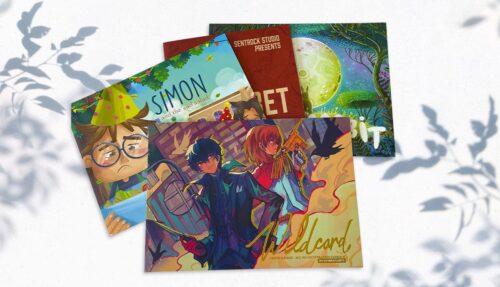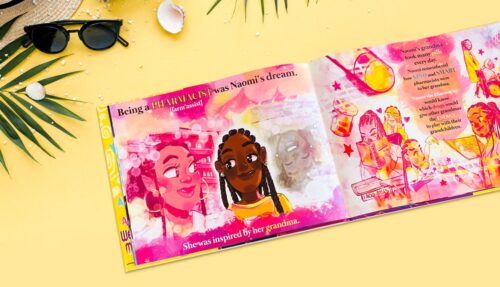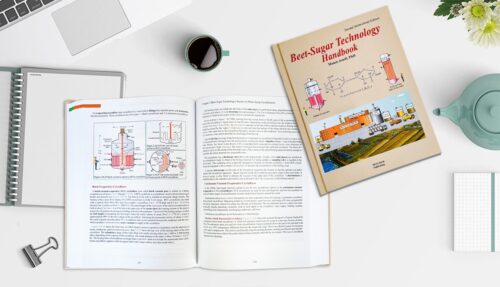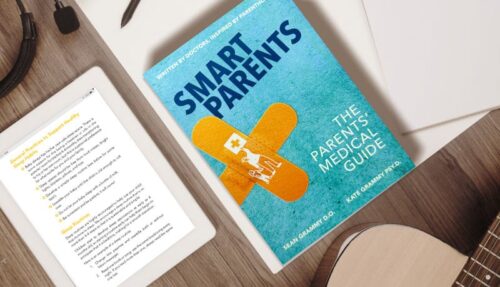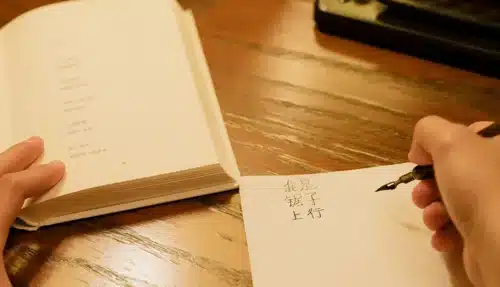A reliable, step-by-step guide to help you choose the perfect paper for your printing project
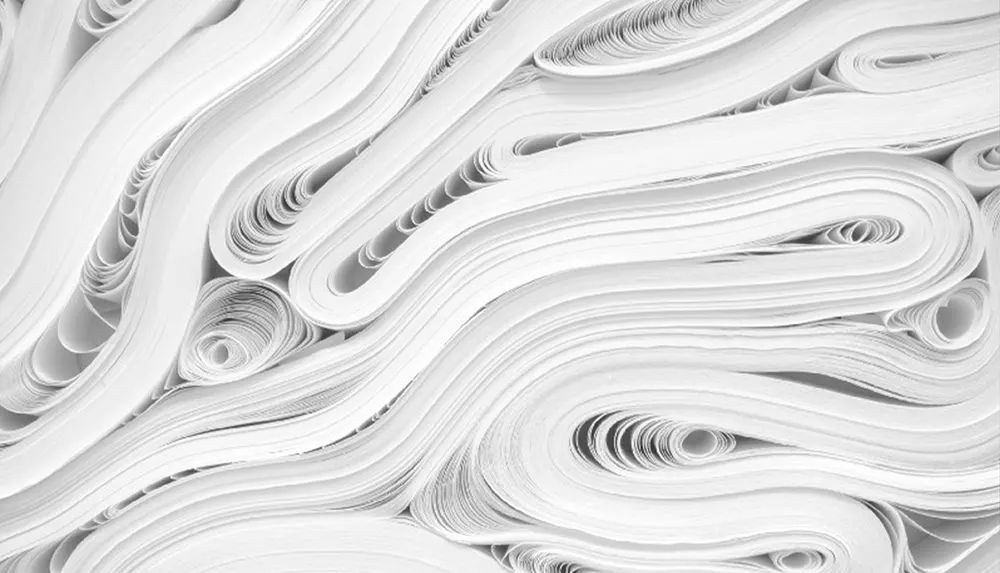
How to choose the right paper for your print job
Let’s face it, the final quality and appearance of your print job — whether it’s a novel, a non-fiction book, a user guide, a calendar, a leaflet, a brochure, a catalog, a business card, a custom packing box, or anything else — depends in large part on the right choice of paper. Paper makes up most of the product. Yes, ink, finishes, and flourishes all matter, but nothing is so fundamental to the success of a print project than the best choice of paper for the job.
Weight
Crucial to how you select paper for your print project is ‘paper weight‘. In the US, we measure this in lbs (pounds). In the rest of the world, it’s measured in gsm (grams per square meter). As a rough guide, a 100 lb text paper is equal to 150 gsm.
Paper weight is important for several reasons. The heavier the paper, the more costly, so it has impacts on your budget. It’ll also alter the thickness, spine dimensions, and binding of your final document if — a paperback book, say — it has a large number of pages. In the US, there are also standards by which you must abide for certain applications.
For example, if you want to print promotional postcards, USPS regulations stipulate that the paper must be no less than 0.007 inches and no more than 0.016 inches thick. That leaves some leeway and the paper weight would depend on other factors such as whether it’s text paper, cover paper, or tag paper. The thickness of paper is known as its ‘calliper’ and working out the relationship between weight and calliper can be quite complex, so always check with your printer before you commit.
Opacity
What is opacity in paper? In paper, opacity refers to how much the paper fibers absorb or reflect light. In practical terms, then, it determines whether you can see text and images printed on the other side through the paper. The higher the opacity, the less likely you are, looking at the front, to see what’s on the back. So, higher opacity generally leads to a more comfortable, less distracted reading experience.
Brightness
Brightness is important because it changes how vivid and clear the print is on the page, especially with full color reproduction. But what is brightness in paper? Brightness is a measure of how reflective a paper is at specific wavelengths of blue light. We measure it on a zero to 100 scale. So, an 80 or 90 on the brightness scale will be a crisper, brighter, more vivid looking print than a paper with a brightness score of 45 or 50.
Blue light is used to simplify the measurement process. But the truth is that other frequencies of light — such as red — also influence brightness, although to a lesser extent. For that reason, we provide free paper samples to all our customers so that you can actually see how the paper functions with various printing options and make a knowledgeable decision. In fact, we’d recommend for any important project — whichever printing service you choose — always ask for samples so you know what you’re getting.
Grain
Most paper is made from pulped wood. And just like wood, paper has a grain, and the grain — again just like wood — has a direction. It’s to do with the way the fibers are pressed during the final stages of paper making.
Subtle as it may seem, it’s important as it can influence the relative flexibility of the paper which may be significant for certain projects. While no printer on earth can fully control the direction of grain on every sheet of paper, we do consider the effects when choosing sheets which will be folded or treated with certain finishes where it makes a difference between a good result and a perfect one.
So long as you have an experienced and conscientious printer — we wave and say ‘hi’ at this point! — it’s not generally something that you as the customer need to worry about when you’re thinking about how to choose the right paper for printing. But we thought you might like to know!
Coating
Paper may be coated or uncoated. Uncoated paper is more textured and absorbent. Most print products require a coating to hold the ink and make the result smoother to the touch and clearer to the eyes. These are the common coatings from which you can choose depending on the specific needs of your project:
Gloss: a coating which gives powerful protection to the paper, makes images especially sharp and vivid, has a ‘shiny’ surface and is very smooth to the touch.
Matte: this coating also protects the paper making it more durable but without the very shiny surface. More suited to a lot of text as it doesn’t tire the eyes as much as gloss paper might.
Silk: a coating which is somewhere between gloss and matte and so suited to mixed projects in which pages need vivid reproduction of images but also easy to read text on the same page.
Ultraviolet: UV is a powerful coating which provides maximum protection of the paper making it extremely durable and increasing its longevity. For this reason, it’s a popular choice for covers, especially with hardback books.
The QinPrinting paper promise
As you can imagine, as one of the world’s finest international printing companies, we take paper seriously; as seriously as we take the quality of our services and the satisfaction of our customers. We go the extra mile to make sure that you get the best printed paper product within your budget.
While the paper market is volatile and fluctuates frequently, we have long-term, established relationships with the best suppliers, a sincere commitment to sustainable sourcing, and a fine-grained appreciation of different paper stock coupled to decades of experience in selecting the right paper for the job in hand.
We use the latest printing technology with the highest quality, sustainably sourced papers, and our production processes are second-to-none, allowing us to deliver first-class products in record time all over the world with no compromise on quality, competitive pricing, or customer care.
But enough blowing our own trumpet! Let’s get down to the details of how to choose the right paper for your printing project. Much depends on the project you have in mind, and the best thing is to talk to us. We’re friendly, easy to get hold of, and one of our experienced, expert team will be delighted to chat to you with no obligation on your part. But to give you a good idea of what’s available, let’s look at typical choices for three of the most popular projects.
How to choose paper for a brochure
The weight of a paper, along with its finish, determine how its quality is perceived — either as cheap or good quality. Just think about the difference between your local newspaper and a high-end glossy magazine, for example. There’s also the factor of customer expectations. To produce a typical brochure on the kind of paper used for a limited-edition coffee table book would be as weird as publishing a product catalog on newsprint! And the weight of a paper impacts its cost, too, so you’ll need to work within your budget.
Weight: If you’re really strapped, then you could go as low as 70 lb or 80 lb in weight, but we’d recommend 100 lb as an ideal benchmark for most brochures. Why? Because it’s heavy enough to inspire confidence and feel good to touch but not so hefty that it breaks the budget or becomes difficult to handle.
Finish: A matte or silk coating is ideal for brochures. It avoids the glare you can get with gloss, takes text well, making it easy to read, while at the same time doing justice to photographs and color graphics. On the other hand, uncoated paper is also a popular option, especially if you want to give a more organic, natural feel to the finished product.
How to choose paper for a catalog
Catalogs differ from brochures in many ways. One is that they have a cover. While choosing a single paper type for the entire publication is an option and may help keep costs down if you’re on a tight budget, you’ll achieve a more professional look with different stock for the interior and the cover.
Weight: 80 lb or 100 lb text paper for the interior pages, and 100 lb cover paper for the cover.
Finish: A matte or silk coating for the interior pages and a gloss coating for the cover.
How to choose paper for a book
The two main types of book format are hardcover and paperback. Paperbacks — or ‘softcovers’ as they are also known — are typically genre novels, manuals, guides and textbooks. Hardcovers may be novels, collections, non-fiction works such as history, politics, science, or philosophy, and ‘coffee table books’ dominated by high-quality photography or artwork.
Paperbacks: while much depends on the individual project, most mainstream paperback novels, for example, are published on uncoated or matte paper with a weight of between 50 lbs and 80 lbs.
Hardcovers: on the other hand, most commercial hardcovers are published on gloss coated paper or silk with a UV coated cover sheet. The interior pages are typically made from paper with a weight of between 85 lbs up to, say, 105 lbs for a coffee table book.
We're passionate about paper — talk to us!
While this is a good all-round introduction to how to choose the right paper for printing, we appreciate that it’s a huge topic and may seem confusing to the uninitiated. That’s one reason why it’s always a good idea to get your printer involved as early on in your project as possible. If you’d like more detailed information or just to discuss your needs with no obligation on your part, get in touch. We’re passionate about paper and our team of knowledgeable experts are always happy to talk things through — or give you a quote if you already have a clear idea of what you want. Talk to us — we’re happy to help you choose the best paper for printing your project!






